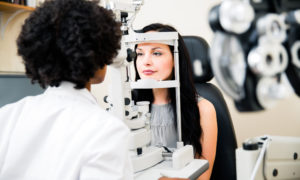Oct. 28, 2020

Uncorrected or under-corrected presybyopia results in up to $25.4 billion in productivity losses, according to a new paper published by Clinical Ophthalmology.
The new findings are based on a systematic literature review to collate, report and critique published evidence related to epidemiology and the patient and economic burden of presbyopia.
Globally, 1.09 billion people are estimated to be affected by presbyopia. Presbyopic patients report up to a 22 percent decrease in quality-of-life (QoL) score, and up to 80 percent patients with uncorrected presbyopia report difficulty in performing near-vision related tasks. About 12 percent of presbyopes required help in performing routine activities, and these visual limitations reportedly induce distress and low self-esteem in presbyopia patients.
Other Articles to Explore
Uncorrected presbyopia led to a two-fold increased difficulty in near-vision-related tasks and a > 8-fold increased difficulty in very demanding near-vision-related tasks. Annual global productivity losses due to uncorrected and under-corrected presbyopia in working-age population (< 50 years) were estimated at $ 11 billion (0.016 percent of the global domestic product (GDP) in 2011, which increased to $ 25.4 billion if all people aged < 65 years were assumed to be productive.
The research concludes that “uncorrected presbyopia affects patients’ vision-related quality of life due to difficulty in performing near-vision-related tasks. In addition, un-/under-corrected presbyopia could lead to productivity losses in working-age adults.”



























